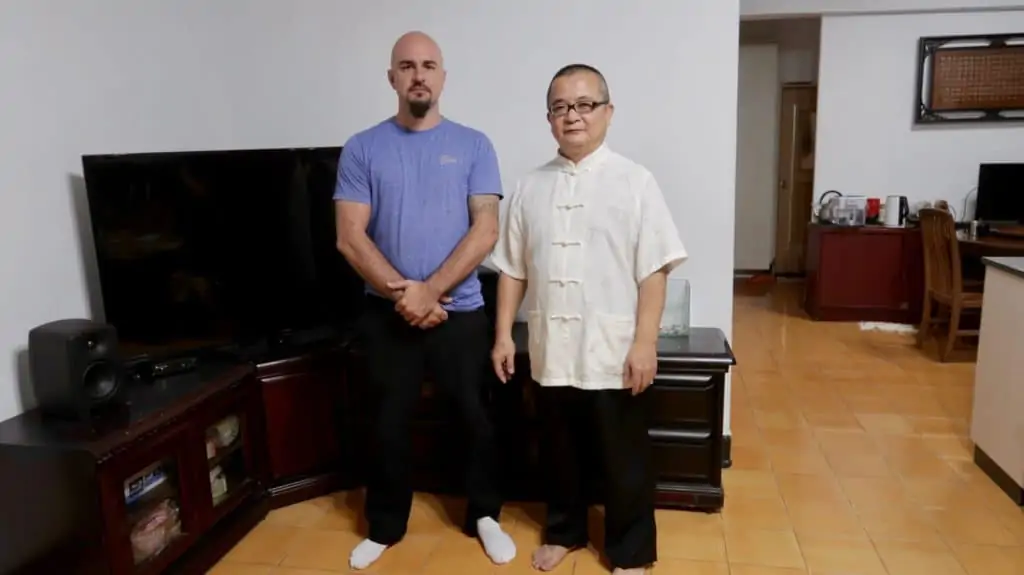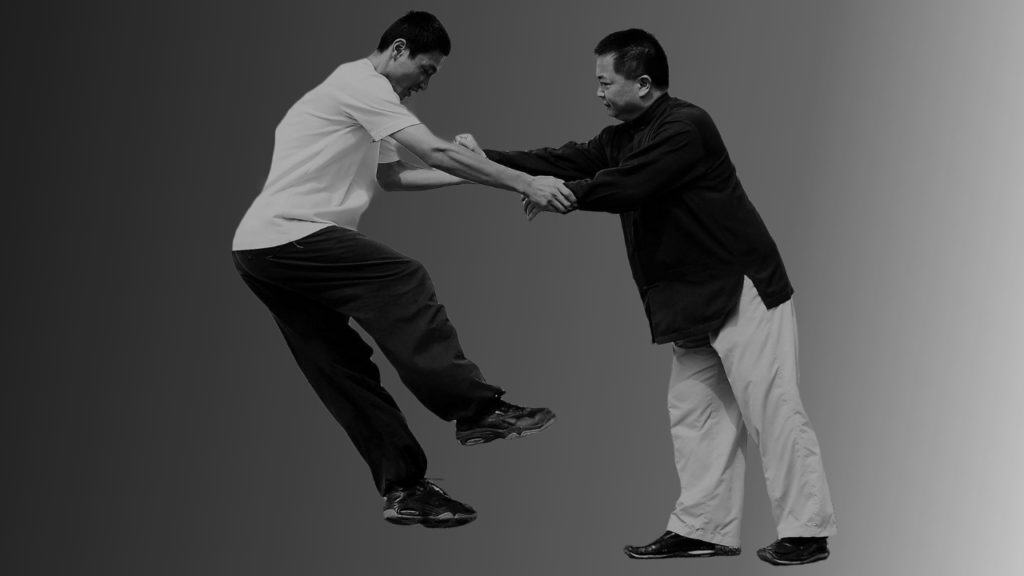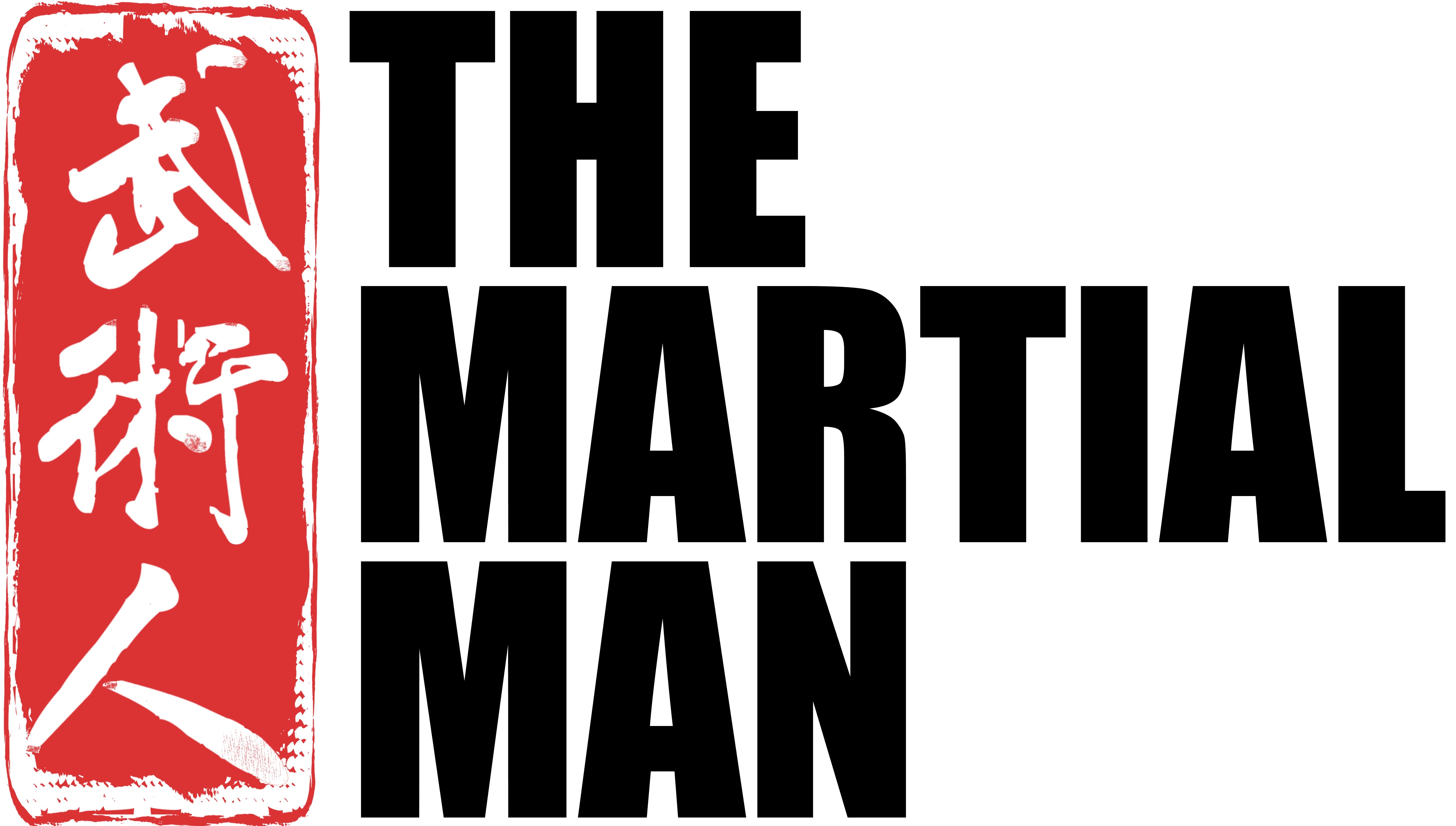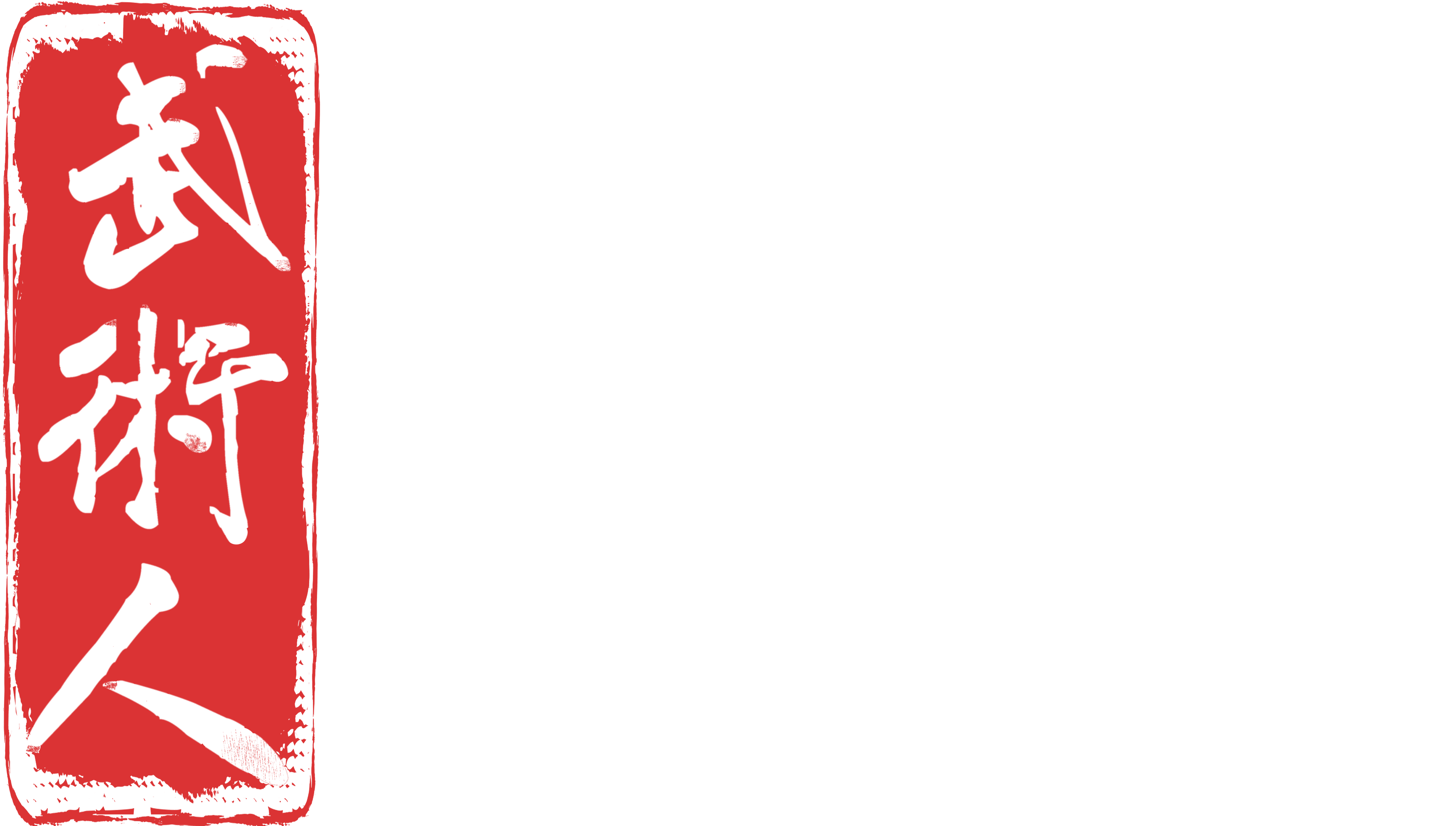Internal Qin-Na 擒拿 with Master Huai Hsiang Wang

The art of compassion
I first experienced Huai Hsiang Wang (teacher Howard) Qin-Na 擒拿 in November 2018 at his home in Taipei. Howard effortlessly threw me around his living room as he demonstrated his Qin-Na on me. If I told you that the pain was excruciating, it would be an understatement!
Howard’s method of applying Qin-Na is very different to any other method I’ve previously experienced, as the lock is not reliant on using leverage against the joints. Instead, the mind (Yi) is used to modulate the location and the amount of trauma applied to the opponent’s fascia. It feels as though the fascia is being ripped apart in two different directions the moment Qin-Na is applied. Therefore, there is no damage or pain inflicted to the joints once the lock is released. The moment Howard chooses to ‘release’ you, the pain is gone!
I spent several days at teacher Howard’s home learning more about his Internal Kung fu system, which he has thoughtfully named ‘Prana Dynamics’. In summary, it is an advanced method of using the mind (Yi) to control and mobilize energy through the body. This internal energy can be used for skriking, locks/holds, throws, take-downs, and immobilizing the opponent. In essence, it gives you the ability to control and modulate the amount of pain you wish to inflict on your opponent.

About Qin-Na 擒拿
“Martial application is just one of the many possible ways of manifestation of internal freedom. When it comes to martial applications, my preference is Qin Na 擒拿, for a good reason. The ancient Chinese conception of Qin Na is composed of two parts, 1. Qin 擒 literally means to control the opponent’s joints to the limit, and 2. Na 拿, meaning to take hold of. What is there for one to take hold of is to send one’s energy into the opponent’s fascia tension line to lock the opponent inside of their body with inflicted fear in hallucinated panic.Qin Na is a subset of martial skill in Chinese Kung Fu. In application, one is free to improvise with other skill sets, such as punching, throwing and kicking, etc. Qin Na is a subtle energy art instead of sheer mechanical brutality. However, without proper cultivation of foundation, activation of fascia, it is almost impossible to teach nor to learn.There are lots of teachers in the market teaching the art mechanically with boosted ego, yet very few, if any, are up to the level of energetic. If the foundation is in place, it is a subtle and precise science of tension modulation at the command of intent. The beauty of the art is that once mastered; one can control the opponent’s fascia tension and lock the opponent psychologically inside of their body without causing any physical damage to neutralize the fight.
To me, it is an art of compassion!”
Huai Hsiang Wang.
Prana Dynamics Master Program



Excellent article and insights. Thank you for taking the time to put this together, I had never heard of an internal version of qin na until now. This has immensely raised my curiosity to investigate and experience internal arts for myself. My background is in Shotokan Karate (30+ years). I will check out the martial arts camp your organizing in Thailand and run it past my boss (the wife). Thank you!!
There must be counter moves, Because the subject freely gave his hand to the Master, for him to manipulate freely.
Does master Wang has a website etc?
Hi Luis, Master Wang has a facebook page, here is the link: https://www.facebook.com/pranadynamics.ru
Where the master mostly based?
Where does the master mostly based?
I may be wrong but this chinna looks mechanical to me. Based on the triangle..? I am not sure what’s exceptionally internal about it. The idea of extending pain through our training partner’s joints in sequential and automatic, a chain reaction of sorts, so long as the first part is done right. There are many in aikido who do this too and others who don’t know the logic. Yet it seems so basic. Alas.
The difference lies in what happens once the partner reaches the dead point (the end of the RoM). Most people just keep squeezing or push/pull mechanically, in order to exert more pressure on the joint.
Howard, doesn’t do that in any way. Once the joint reaches the dead point, energy is pumped up into the opponent’s system to leverage the already taught fascia.
I guess the best way to understand it is to try it. Unfortunately, Taiwanese Borders are still closed; but once I opens up I will definitely fly over to try his Qin-Na in person. 😇
P.s. My understanding of the art and it’s expressions as of yet is very superficial and my understanding is grounded in concepts and so is not ideal for portraying the actual thing; but I noticed you misunderstanding and thought I would attempt at clarifying
🙏🙏
🙏🙏🙏